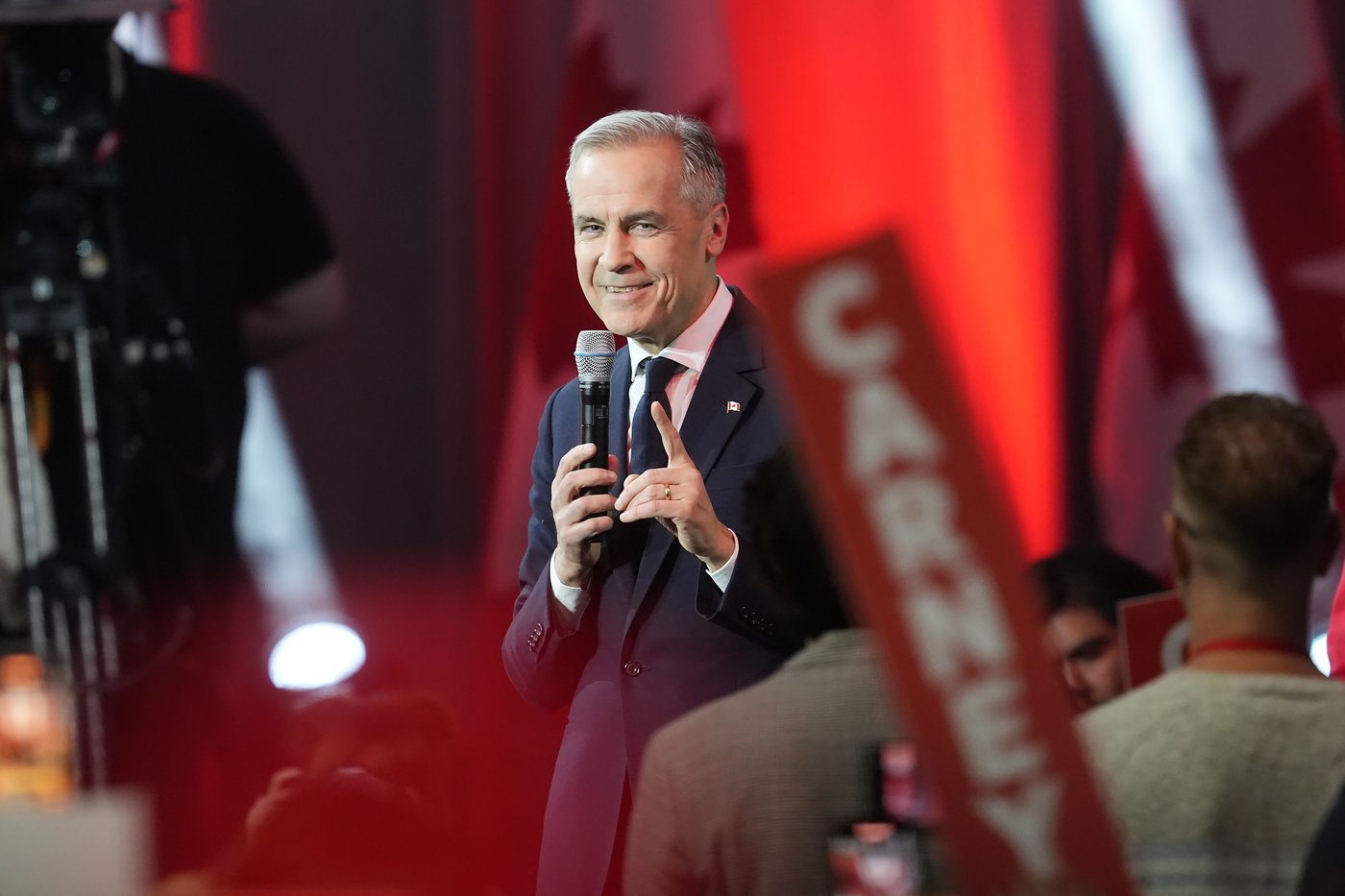
OTTAWA — The path to victory for the federal Liberals doesn't just run through vote-rich suburban Toronto and Vancouver — it runs through U.S. tariffs that threaten to deliver a major blow to the Canadian economy.
The three-term governing party entered the year under Justin Trudeau's leadership headed for almost certain defeat, dragged down by his persistent unpopularity.
But the channel changed when U.S. President Donald Trump returned to power threatening both Canada's economy and its existence as a sovereign state.
Since Trudeau stepped down on Jan. 6 and former Bank of Canada governor Mark Carney romped to victory in the party leadership race, the Liberals have experienced a remarkable turnaround.
"There's a ton of energy," said Liberal strategist Zita Astravas of Wellington Advocacy. "Even before the leadership, Liberals across the country, volunteers and staff — there's a bounce in their step."
She said the party has gained both momentum and new campaign infrastructure, having taken on Carney's digital campaign team and his regional get-out-the-vote operations.
But while polling aggregator 338Canada was projecting — as of March 20 — a 90 per cent chance of the Liberals winning the most seats, that doesn't mean they'll come out on top in what promises to be a hard-fought campaign.
The party also swapped Trudeau — a polished, media-savvy, celebrity retail politician, albeit with nearly a decade of political baggage — for Carney, a rough-around-the-edges financial wonk untested in politics and learning on the job.
Carney bristles at questions about his financial assets. He flubbed his early response to criticisms of his previous company's decision to move its headquarters to the U.S. — something that's sure to come up in the televised debates.
And he's still working on his rusty French.
Carney is facing off against career political firebrand Pierre Poilievre, who has up to this point largely succeeded in his mission of uniting the Conservative party, wounding the Liberals and toppling Trudeau.
This election will decide whether Poilievre's messaging on the soaring cost of living can win him the top job — or if he peaked too early.
Before Trump's return to the White House, Poilievre was framing his campaign around opposition to the controversial consumer carbon price — a policy that Carney killed off within hours of becoming prime minister.
Liberal Greg MacEachern of KAN Strategies dismissed the suggestion that the public's lingering distaste for the Trudeau government will still work against Carney in the absence of a consumer carbon tax.
"If you could just put people's anger and concerns into two words, that was a really good way to do it. But now that it's off the table — and even before that — people have moved onto the greater threat of 25 to 50 per cent tariffs," he said.
"I don't think this is as much about capitalizing on momentum as it is about reading the room. Everywhere you go, you run into people who are very scared of what Trump and his actions, including on tariffs, are going to do."
Innovative Research Group pollster Greg Lyle said Trump gave the governing Liberals a pandemic-level boost in support and the party has won back many Canadians over the age of 55.
"That's where they've been doing the best. They vote the most, so you don't want to leave any of those on the table. You want to wrap them up," Lyle said. "Then the next tranche is the 35-to-55s."
The Conservatives are doing well with younger Canadian adults — but they're the ones least likely to vote.
The Liberals have recaptured many centrists — and even a number of left-leaning voters are, ironically, now flocking to a former Goldman Sachs banker.
Lyle said that movement is being driven in part by the Trump-like tone of much of Poilievre's messaging — something the Liberals likely will hammer away at during the campaign.
Polling shows that older Canadians are infuriated by Trump, while a large number of younger men like Trump and also support the Conservatives.
Innovative Research Group online polling fielded from March 11 to March 13 suggests 49 per cent of men under 35 and 44 per cent of men between the ages of 35 and 54 approve of Poilievre’s approach to Trump. But only 35 per cent of men and 26 per cent of women over 55 approve.
The Canadian Press does not report margins of error for online polls because the industry's professional body, the Canadian Research Insights Council, says they cannot be assigned one since they do not randomly sample the population.
"The Tories seem to feel like they have to continue to feed that part of their coalition, but by doing that, they're leaving a much larger share of the vote wide open to the Liberals," Lyle said.
"For the Tories to lose this thing, it's not enough for the Liberals to do things right. The Tories must also make mistakes. And the striking thing is that the Tories just don't seem willing to recognize that they are making mistakes."
This report by The Canadian Press was first published March 22, 2025.
Kyle Duggan, The Canadian Press